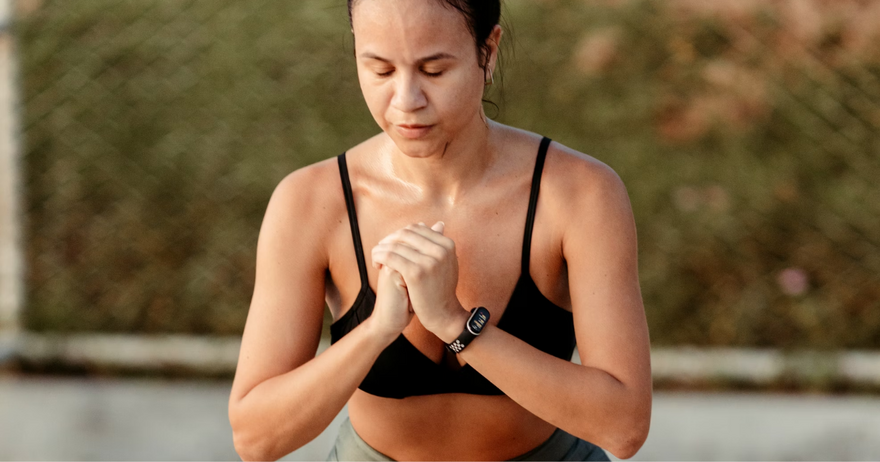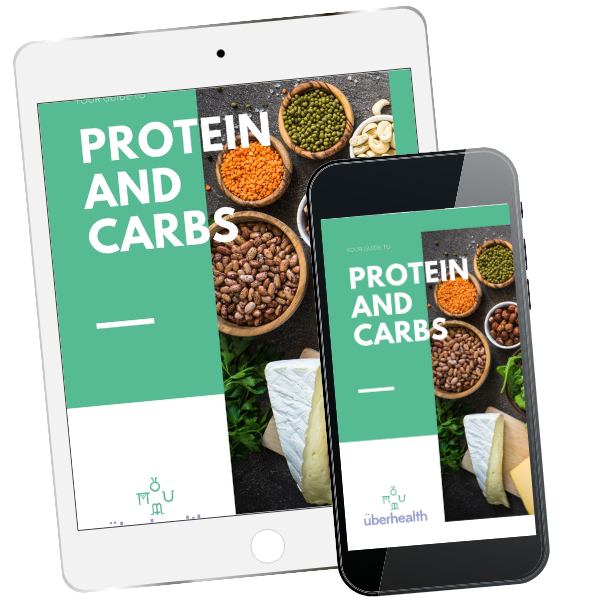Let's talk about sweat..

After my recent blog on hydration I got a lot of great feedback from individuals wanting to know how they can work out how much water they need to be drinking. I love that so many of you are taking the effort to really work on your food and training to optimise your results. This blog will be a little bit shorter than my usual blogs. Its primary goal is to help you work out how much water you should be drinking.
Knowing our water balance is just as important for training and events as knowing our energy balance. If you under do either, in an event you’ll hit the wall, fatigue, make silly mistakes, or potentially really injure yourself. If you overdo either, you can also run into trouble; tummy troubles, muscle cramps, fatigue, and again you could end up unwell.
My starting point for race hydration is:
- To help prevent dehydration, begin the event well hydrated
- Pre-hydration starts in the week leading up to an event.
- During an event, aim to consume approximately 200mL of water every 15-20 minutes.
- Longer events, or shorter events in high heat will usually call for an electrolyte replacement.
Let’s look at how we can start tailoring this for you.
The first step in working out how much fluid you need for an event, is the same first in many of my practice. You need to know what you’re working with before you can change or fix it. In this case, you’ll need to do some sweat tests. I encourage my athlete clients to do multiple sweat tests in different weather/temperatures, and the average out the results.
The sweat test:
- Weight yourself prior to going on your training run. It’s best if the run is at least 30 minutes in duration. If possible, use digital scales and weigh yourself naked.
- Head out and complete your run (or cycle, or training), 30-60 minutes is long enough to start collecting the data you need.
- Once you are home, strip off your sweaty running gear. Towel yourself dry, and weight yourself again (naked). It’s so important that you towel off any sweat on your skin and remove your clothing.
Once you’ve gotten dressed again, record your data. In your recordings it’s important to detail the weather (sunny, rainy, snow?!?!), time of day, the temperature, and the humidity if possible. I find most weather apps these days include relative humidity in the weather reports. You’ll also want to record if you took in any fluids during the run, and how long you ran for.
For every kilo you’ve lost on the scale, you’ve lost approximately one litre of water through metabolic processes and sweat. As you can see, the more sweat tests you complete in various environments, the more data you can average out and see how different factors affect your water loss.
Once you have enough data you can see an average emerging. This average is an estimate as to how much water you are losing, and therefore need to replace, per hour of an event. This test can be applied to many sports, cycling, IM, even swimming and team field sports. Any sports where you may be active over a prolonged period. Just a quick reminder, whilst this isn’t an exact science, it is an easy (and free!) test that you can do at home that can really change the outcomes of your training and events.
And while we are talking about hydration during events, I cannot stress enough that in long events, over hydration can be just as much as a risk of dehydration. Therefore, it’s so important to practice your race day nutrition (including fluids), so that on the day you know what you’re doing. And, if you did sweat tests in all sorts of weather and humidity, you will confidentially know how to tweak the fluid plan to meet the environmental needs of the day.
So, as always, let me know how you go. If you head out and do some sweat tests and find that you’re surprised by the results, let me know. It’s interesting to note that some ethnicities naturally sweat less, whereas others are sweaters. Are you a dry runner, or a sweaty betty? Reach out and let me know on Instagram.
If you’re finding you’re having trouble working out the data, or not sure how to apply it to your nutrition plan, reach out. I am currently taking on more clients for 1:1 private consultation. Reach out here
FREE RESOURCE


